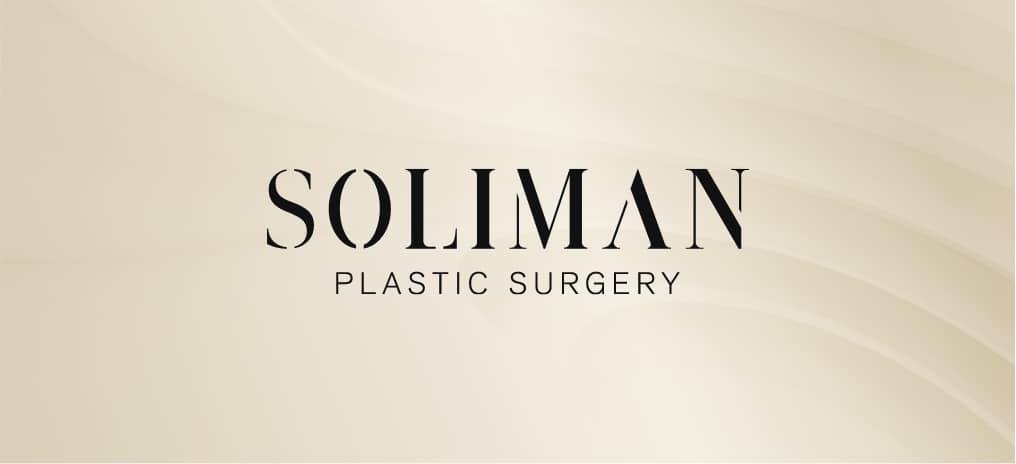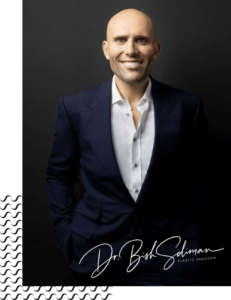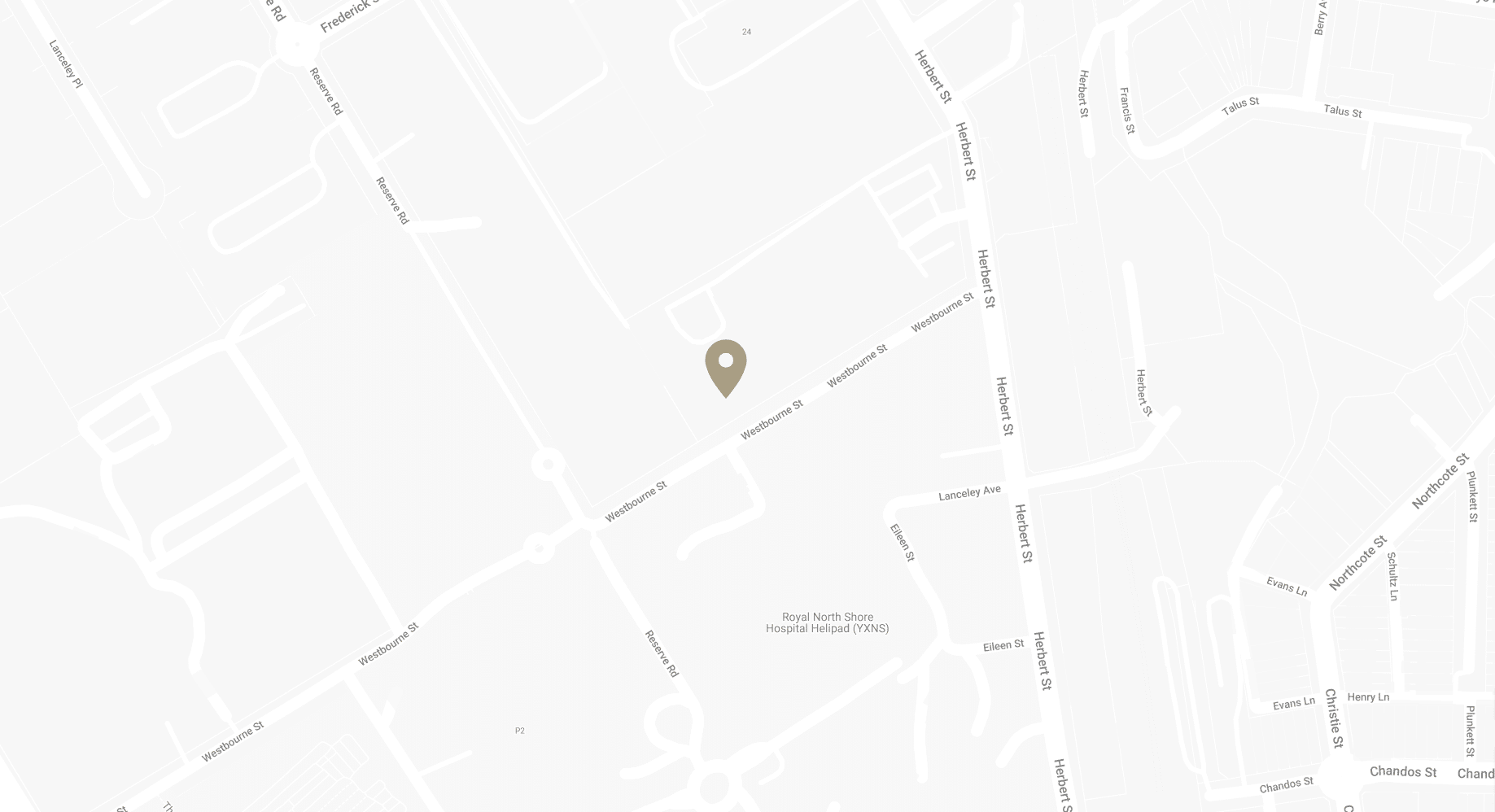Comparing Popular Autologous Tissue Breast Reconstruction Techniques –PAP, LAP, DIEP
Breast reconstruction is a crucial aspect of the healing process for many breast cancer patients who have undergone mastectomy or lumpectomy. The surgery helps restore the appearance of the breast and there are several reconstructive techniques available, including the use of breast implants and autologous tissue flaps. In this blog post, Sydney Specialist Plastic Surgeon Dr Bish Soliman will focus on three popular flap procedures: PAP, LAP, and DIEP flaps. As a specialist plastic surgeon with extensive experience in breast reconstruction, Dr Bish Soliman will guide you through the differences between these techniques to help you make a decision.
Overview of Flap Procedures
Flap procedures are a type of breast reconstruction surgery that uses the patient’s own tissue to create a new breast mound. Unlike implant-based reconstruction, which relies on silicone or saline implants, flap procedures use skin, fat, and sometimes muscle from another part of the body, known as the donor site. This approach offers several advantages, including a more natural look and feel, a better match to the remaining breast, and the ability to reconstruct larger breasts without the need for implants.
During a flap procedure, Dr Soliman carefully selects the donor site based on the patient’s body type, available tissue, and personal preferences. The most common donor sites include the abdomen, buttocks, thighs, and back. Dr Soliman then harvests the tissue, ensuring that it has an adequate blood supply to survive in its new location. This is done by identifying and preserving the perforator blood vessels that supply the skin and fat in the donor area.
Once the tissue is harvested, it is transferred to the chest and shaped into a new breast mound. Dr Soliman carefully connects the blood vessels in the flap to those in the chest using microsurgical techniques to ensure proper blood flow and tissue survival. The donor site is then closed, leaving a scar that can become less visible over time.
Flap procedures are more complex and invasive compared to implant-based reconstruction, and they require a longer recovery period. Patients may need to stay in the hospital for several days and will likely experience more discomfort and swelling in the initial postoperative period. However, some patients find that the long-term benefits of a more natural-looking and feeling breast are worth the additional recovery time.
It is important to note that not all patients are suitable candidates for flap procedures. Factors such as smoking, obesity, and certain medical conditions can increase the risk of complications and may make implant-based reconstruction a safer choice. Dr Bish Soliman will carefully evaluate your individual case to determine the most appropriate reconstructive technique.
PAP Flap Breast Reconstruction
The Profunda Artery Perforator (PAP) flap is a relatively new technique that uses tissue from the posterior thigh to reconstruct the breast. The procedure involves identifying and preserving the small blood vessels (perforators) that supply the skin and fat in the upper back of the thigh. The tissue is then carefully harvested and transferred to the chest, where it is shaped into a new breast mound. One of the main advantages of the PAP flap is that it results in minimal donor site morbidity, meaning that patients experience less pain and a quicker recovery compared to other flap procedures. Additionally, the scar is well-concealed in the crease of the buttock, and the resulting breast has a natural look and feel. However, the PAP flap may not be suitable for all patients, particularly those with insufficient tissue in the posterior thigh area.
LAP Flap Breast Reconstruction
The Lumbar Artery Perforator (LAP) flap is another option for breast reconstruction that uses tissue from the lower back, just above the buttocks. Like the PAP flap, the LAP flap procedure involves identifying and preserving the perforators that supply the skin and fat in this area. The tissue is then harvested and transferred to the chest to create a new breast mound. The LAP flap is a good choice for patients who have limited abdominal tissue or have had previous abdominal surgeries, as it does not interfere with the abdominal muscles or organs. It also results in a scar that is easily hidden by clothing.
DIEP Flap Breast Reconstruction
The Deep Inferior Epigastric Perforator (DIEP) flap is one of the most popular flap procedures for breast reconstruction. It uses tissue from the lower abdomen, similar to a tummy tuck – abdominoplasty, to create a new breast mound. The DIEP flap procedure involves carefully dissecting the skin and fat from the abdominal wall while preserving the underlying muscle and fascia. The tissue is then transferred to the chest and shaped into a new breast. One of the main advantages of the DIEP flap is that it preserves the abdominal muscle, reducing the risk of complications such as hernia or abdominal weakness. It also results in a flatter, more toned abdomen, which some patients find appealing. However, the DIEP flap is a complex procedure that requires extensive training and skill to perform, and the recovery period may be longer compared to other flap procedures.
Comparing PAP, LAP, and DIEP Flaps
When considering breast reconstruction using flap procedures, you have several options to choose from, including the PAP, LAP, and DIEP flaps. While all three techniques aim to create a natural-looking breast using the patient’s own tissue, there are notable differences between them that can influence the decision-making process.
One of the main factors that differentiate these flap procedures is the location of the donor site. The PAP flap uses tissue from the posterior thigh, the LAP flap uses tissue from the lower back, and the DIEP flap uses tissue from the lower abdomen. Each donor site has its own unique advantages and disadvantages, and the choice often depends on the patient’s body type, available tissue, and personal preferences.
For patients with ample tissue in the posterior thigh area, the PAP flap may be an excellent choice. This procedure results in minimal donor site morbidity, meaning that patients experience less pain and a quicker recovery compared to other flap procedures. Additionally, the scar is well-concealed in the crease of the buttock and inner thigh, making it less noticeable. However, the PAP flap may not be suitable for patients with insufficient tissue in this area or those who have had previous surgeries or injuries to the posterior thigh.
The LAP flap, which uses tissue from the lower back, is another option for patients who may not be suitable candidates for the DIEP flap. This procedure is particularly useful for patients who have limited abdominal tissue or have had previous abdominal surgeries. The resulting scar is easily hidden by clothing, and the procedure does not interfere with the abdominal muscles or organs. However, the LAP flap microsurgery is difficult and the donor site can be slow to heal.
The DIEP flap, which uses tissue from the lower abdomen, is one of the most popular choices for breast reconstruction. This procedure offers the added benefit of a flatter, more toned abdomen, similar to the results of a tummy tuck – abdominoplasty. The DIEP flap also preserves the abdominal muscle, reducing the risk of complications such as hernia or abdominal weakness. However, this procedure is more complex and requires a longer recovery period compared to the PAP and LAP flaps. Patients with previous abdominal surgeries or insufficient abdominal tissue may not be suitable candidates for the DIEP flap.
Ultimately, the choice between the PAP, LAP, and DIEP flaps depends on a variety of individual factors, including your body type, medical history, and personal goals for reconstruction. Dr Bish Soliman will carefully assess your unique situation and provide guidance on the most appropriate flap procedure. In some cases, a combination of techniques may be used to achieve the best possible outcome.
It is essential to have an open and honest discussion with Dr Bish Soliman about your expectations, concerns, and priorities for breast reconstruction. By working closely with a skilled and experienced surgeon, you can make a decision about which flap procedure is right for you, ultimately leading to a successful reconstruction.
Why Choose Dr Bish Soliman for Your Breast Reconstruction
As a highly skilled and experienced plastic surgeon, Dr Bish Soliman performs breast reconstruction using different techniques and technologies. With extensive training in flap procedures, including PAP, LAP, and DIEP flaps, Dr Soliman is committed to providing his patients with personalised care and optimal results.
FAQs about PAP, LAP and DIEP Breast Reconstruction
How long does the recovery process take for each type of flap procedure?
- Recovery times vary depending on the specific flap procedure and individual factors. Generally, patients can expect to stay in the hospital for 2-5 days and take 4-6 weeks off work. Full recovery may take several months, with the DIEP flap typically requiring the longest recovery period.
Can I have a flap procedure if I have had previous radiation therapy?
- Yes, flap procedures can be performed on patients who have undergone radiation therapy. However, Dr Bish Soliman will need to carefully assess the quality of the skin and tissue in the irradiated area to determine the best approach. In some cases, a combination of flap and implant-based reconstruction may be recommended.
Will I need additional surgeries after my initial flap procedure?
- While flap procedures aim to create a natural-looking breast in a single surgery, some patients may require additional procedures to achieve optimal results. These may include nipple reconstruction, areola tattooing, or minor revisions to improve symmetry or address any complications.
Can I breastfeed after undergoing a flap procedure?
- Breastfeeding is usually not possible after any type of breast reconstruction, including flap procedures. This is because the milk ducts and nerves are typically removed during the mastectomy, and the reconstructed breast does not have the necessary glandular tissue to produce milk.
How do I choose the right plastic surgeon for my flap procedure?
- When selecting a plastic surgeon for your breast reconstruction, look for a specialist plastic surgeon with extensive experience in flap procedures. View before-and-after photos and schedule consultations with multiple plastic surgeons to find the one who makes you feel most comfortable and confident in their abilities. Don’t hesitate to ask questions about their qualifications, success rates, and approach to patient care.
Further Reading about Breast Reconstruction Surgery with Sydney Specialist Plastic Surgeon Dr Bish Soliman
- Read Dr Bish Soliman’s Blog about BMI over 35 and DIEP Flap Surgery
- Read Dr Bish Soliman’s Blog about Returning to Exercise after DIEP Surgery
- Read Dr Bish Soliman’s Blog about Secondary Procedures after DIEP
- Read Dr Bish Soliman’s Blog about Combining DIEP Flap with Other Reconstructive Techniques
- Read Dr Bish Soliman’s Blog about Prosthetic Nipples and Tattooing after DIEP Breast Reconstruction
Medical References about PAP, LAP and DIEP Breast Reconstruction Surgery
- Stacked Flap Reconstruction: DIEP, GAP, PAP, and Hybrid – BreastCancer.org
- Comparison of surgical and patient-reported outcomes between 85 profunda artery perforator flaps and 122 deep inferior epigastric perforator flaps as first-choice treatment for breast reconstruction
- Meta-analysis of flap perfusion and donor site complications for breast reconstruction using pedicled versus free TRAM and DIEP flaps
- Alternatives to the Gold Standard: A Systematic Review of Profunda Artery Perforator and Lumbar Artery Perforator Flaps for Breast Reconstruction
- Small flaps in microsurgical breast reconstruction: Selection between the profunda artery perforator and small deep inferior epigastric artery perforator flaps and associated outcomes and complications



